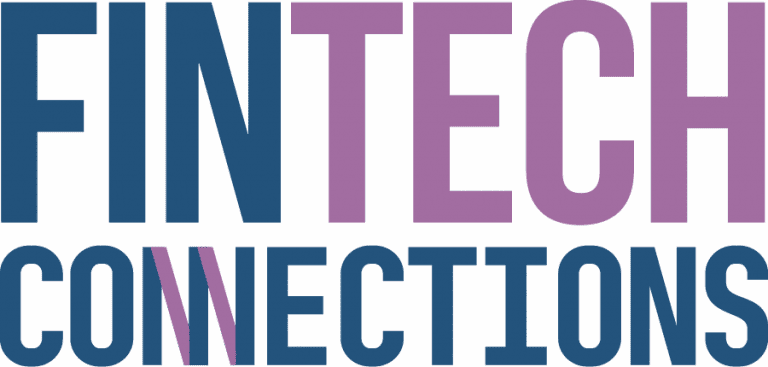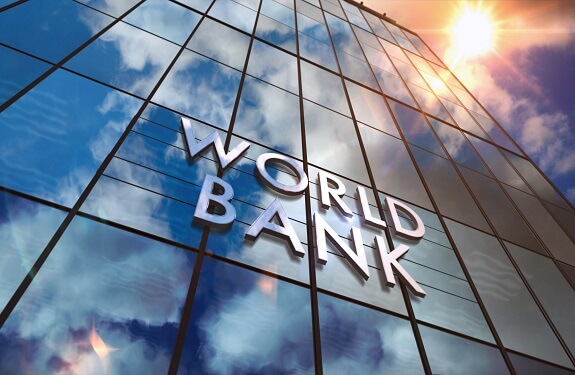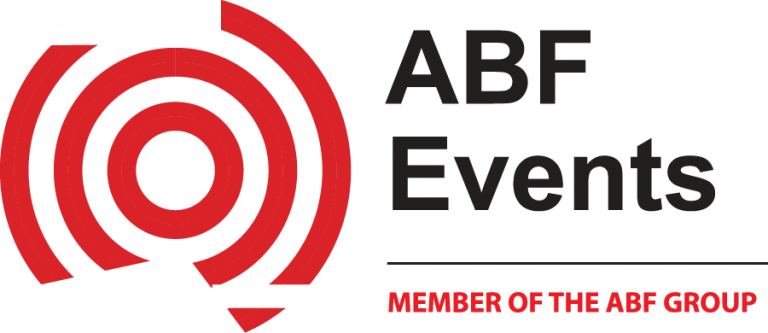Some of the most important and influential financial institutions worldwide may be looking to further integrate blockchain technology into their offerings, including the creation of blockchain-based bonds. For an example of how to accomplish this, they might look to one of the world’s largest lenders to developing countries, the World Bank.
In August 2018, the World Bank launched its bond-i, short for “blockchain operated new debt instrument.” The new bond was created through Australia’s Commonwealth Bank (CBA).1
Below, we’ll discuss how blockchain-based bonds work and take a look at how these bonds could impact the mainstream investment world.
KEY TAKEAWAYS
- In August 2018, the World Bank created the bond-i, the world’s first global bond using distributed ledger technology.
- The Commonwealth Bank of Australia arranged the blockchain bond issue, which initially raised A$110 million and a subsequent A$50 million during a second tranche offering.
- Financial institutions are beginning to look to the power of blockchain technology for the management, creation, and oversight of various debt instruments.
- A benefit of blockchain-based bonds is the ability to assist capital markets in achieving fast, efficient, and secure transactions via distributed ledger technologies.
Bond-i Details
According to the World Bank, the bond-i is the world’s first bond to be “created, allocated, transferred, and managed through its life cycle using distributed ledger technology.” The Commonwealth Bank of Australia (CBA) was the arranger for the bond issue, which raised A$110 million. The maturity date for the two-year bond was Aug. 28, 2020. Coupon payments were paid semi-annually in arrears at an annual rate of 2.2%.
The bond-i was the culmination of research performed by the World Bank’s Blockchain Innovation Lab. Launched in June 2017, the lab’s research is part of the World Bank’s strategy to study the impact of disruptive technologies (such as blockchain) on global economies and harness its potential for development. The CBA Blockchain Centre of Excellence developed and built the bond-i blockchain platform.
In May 2019, the World Bank and CBA announced they had successfully added to their platform’s capability by enabling secondary bond trading recorded on blockchain. The goal was to assist capital markets in achieving fast, efficient, and secure transactions via distributed ledger technologies. In August 2019, the World Bank reported it had issued a second tranche of its blockchain bond, raising an additional A$50 million.2
It’s important to note that while bond-i is the first bond issued through blockchain, it is not the only debt instrument to do so. The Spanish banking group BBVA signed a €150 million blockchain-based loan in November 2018.3
The World Bank raises on average between $55 billion and $65 billion each year by issuing bonds.4
Ethereum Blockchain Is Integral
A private Ethereum blockchain is set up to allow for the management of blockchain bonds. This blockchain network also creates bond-i products. According to the World Bank, the platform has been reviewed by Microsoft to ensure that architecture, security, and functionality are solid. The CBA development team partnered with a law firm to plan for the issuance of bonds and to develop the smart contracts which govern bond-i products.1
Independent blockchain developer Matthew Di Ferrante, who has previously worked for the Ethereum Foundation, indicated that the move is a “good first example” of how blockchain can be integrated into the bond world. He adds that “financial instruments like bonds are easily ported to blockchains/smart contracts, but it’s not the be-all and end-all even for mainstream financial institutions. The real usefulness will come when many different institutions and industries are all using compatible blockchains” (emphasis in original).5
Implications of the Project
While the bonds issued as part of this project may be fairly standard, the implications of the project are not. First, there is the question of decentralization. For much of the cryptocurrency and blockchain industries, decentralization is a crucial and central tenet. Necessarily, a private blockchain with the World Bank co-managing is not nearly as decentralized as many blockchain projects are.
Further, while this bond project harnessed blockchain technology for management, creation, and oversight, it was essentially entirely unrelated to cryptocurrency. Some might see this as a confirmation that mainstream financial institutions are happy to separate out cryptocurrencies from blockchain technology, preferring to only utilize the latter as they ignore the former.
While the World Bank’s bondi-i was not the first time that major financial institutions have looked toward blockchain technology in various ways, it does have the potential to influence other institutions which may have previously been hesitant. Undoubtedly, the perceived success or failure of the bond-i program will impact other financial institutions’ decision to explore this space as well.SPONSOREDIt’s Easy to Become a Better TraderThe insights of trusted experts can take your trading skills to the next level. Reserve your spot in a CFD trading webinar to better navigate markets and uncover new possibilities. Practice new-found strategies in a free demo account and explore charting tools to make informed trading decisions. Learn more about CMC Markets’ offerings and start trading now.
By NATHAN REIFF
















